VANCOUVER — The University of British Columbia recently opened the doors to its new home for the school of biomedical engineering (SBME).
As Canada’s first purpose-built facility for biomedical engineering, the new Gordon B. Shrum Building brings together researchers, students and industry partners under one roof to advance biomedical research, education and innovation, states a release.
The five-storey, 158,000-square-foot facility includes specialized labs, collaborative research spaces and teaching facilities.
The intent behind the facility is for researchers to use the space to develop new medical devices, artificial intelligence-driven diagnostics and lifesaving treatments. Students will also gain hands-on training experience.
According to the release, the $139.4-million project was funded through $25 million from the provincial government, $114.4 million from UBC, and more than $30 million in philanthropic support for SBME from donors, including the Gordon B. Shrum Charitable Fund, the Conconi Family Foundation, United Therapeutics Corporation, Dr. Jim McEwen, and Paul and Nicole Geyer.
The building is named in honour of the philanthropic legacy of Gordon B. Shrum, who graduated from UBC in 1958. Shrum, who passed away in 2018, supported novel approaches to addressing community needs. He left nearly all of his estate to charity.
The unique-looking facility was designed by Patkau Architects. Its centrepiece is a four-storey mural by biomedical artist Jen Ma.
In particular the new facility includes:
- Biomechanics labs that have robots and machinery for crash-testing research to study how head, spine, and hip injuries happen.
- The Conconi Family Biodevice Foundry, a first-of-its-kind in Western Canada which provides tools for designing and testing medical devices.
- Digital labs where researchers are using the power of artificial intelligence to improve diagnostic accuracy to enhance treatment outcomes.
- Wet labs with specialized equipment and advanced microscopes provided by industry partnerships, where researchers like Dr. Nika Shakiba are working in stem-cell engineering to better understand diseases like cancer and diabetes.
- the Jim McEwen Zone for Innovators, Creators, and Entrepreneurs, which is a space equipped with 3D printers, prototyping tools and electronic testing equipment, where students and researchers can prototype and develop new medical technologies.


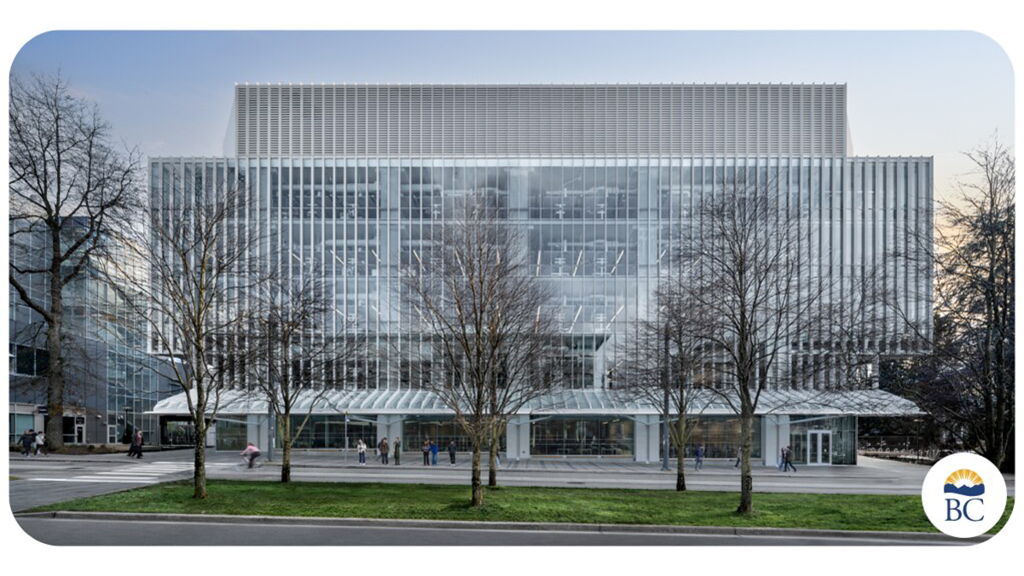


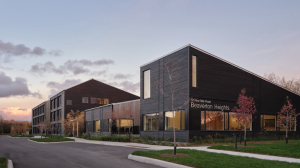
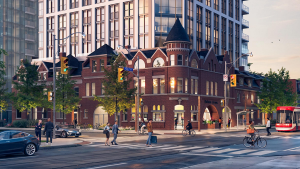

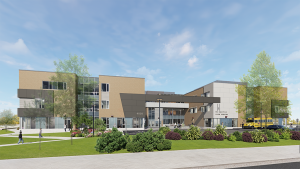


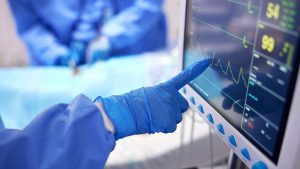
Recent Comments